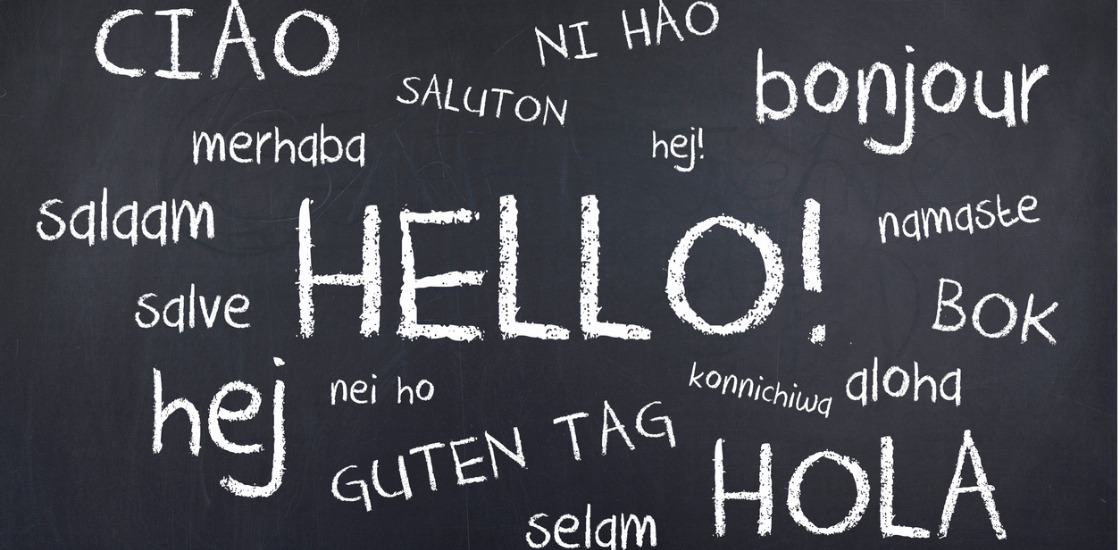Translation and transliteration are two important processes that are used to convert written text from one script or language to another. While the two processes have similarities, they are distinct and serve different purposes.
In this blog, we will explore the differences between translation and transliteration, their benefits and shortcomings, and the challenges involved in each process. We will also look at which languages are the most difficult to handle and why, and how useful translation and transliteration can be for dealing with the world’s most popular languages.
Translation & Transliteration
Translation involves converting written text from one language into another while preserving the meaning of the original text. Translation is a complex process that requires a deep understanding of both the source and target languages, as well as an understanding of cultural differences, idiomatic expressions, and regional variations. The goal of translation is to produce an equivalent text in the target language that conveys the same meaning as the original text. This process is often performed by trained human translators proficient in both languages.
Transliteration, on the other hand, is the process of converting written text from one script into another, while preserving the pronunciation of the original text. Unlike translation, transliteration does not involve changing the meaning of the text, but rather focuses on accurately representing the sounds of the original text in a different script. Transliteration can be a useful tool for making written text accessible to people who are not familiar with the original script, and for improving communication between people who use different scripts.
Both translation and transliteration have important benefits. Translation can help improve communication between people who use different languages, as well as make it possible for people to share information and ideas across language and cultural barriers. Transliteration can make written text accessible to people who may not be familiar with the original script and help them become familiar with the sounds of a language, making it easier to read and write in the target script. Transliteration can also accurately represent the pronunciation of words, making it easier for people who are not familiar with the language to say words correctly.
Knowing the Challenges
Despite the benefits of transliteration, the process can be complex and challenging, particularly when dealing with languages that have complex writing systems or unique pronunciation patterns. For example, languages such as Chinese, Arabic, Russian, Hindi, and Japanese can be difficult to transliterate due to the complexity of their writing systems and the difficulty in accurately representing their sounds using another script. Here are some examples:
- Chinese: The Chinese writing system is made up of thousands of characters, each with its own unique pronunciation and meaning. Transliterating Chinese into another script can be challenging because it can be difficult to accurately represent the pronunciation and meaning of each character.
- Russian: The Russian alphabet contains several characters that are not found in the Latin alphabet, making it difficult to accurately represent Russian sounds using the Latin script. Additionally, Russian pronunciation is heavily influenced by stress and pronunciation patterns, which can be difficult to represent in transliteration.
- Arabic: The Arabic script is written from right to left and includes many characters that are not found in the Latin alphabet. Additionally, the pronunciation of Arabic words can change depending on their position in a sentence, making them difficult to transliterate accurately.
- Sanskrit: Sanskrit is difficult to transliterate because it has a rich and complex grammar structure, with many inflections and cases that are not found in other languages. Additionally, Sanskrit has a unique script, Devanagari, which has many characters and diacritical marks that can be difficult to represent in other scripts.
- Hindi: The Devanagari script used to write Hindi includes many characters that are not found in the Latin alphabet, making it difficult to transliterate accurately. Additionally, the pronunciation of Hindi words can change depending on their position in a sentence, making them challenging to represent in transliteration.
- Japanese: The Japanese writing system includes kanji characters borrowed from Chinese as well as two syllabic scripts, Hiragana and Katakana. Transliterating Japanese into another script can be challenging because it can be difficult to accurately represent the pronunciation and meaning of each character.
- Korean: Korean is difficult to transliterate because it has a unique script, hangul, with its own set of characters and syllable blocks that represent sounds that are not found in other languages.
These are just a few examples of the many languages that can be challenging to transliterate due to their complex writing systems, unique pronunciation patterns, and other linguistic features. In general, transliteration can be a complex process due to several factors including:
- Ambiguity: Different characters in one script can represent the same sound, making it difficult to determine the intended transliteration.
- Multiple scripts: A single language may have multiple writing systems, each with different transliteration conventions.
- Cultural differences: Different cultures may have different conventions for transliterating words, resulting in multiple possible transliterations for the same word.
- Vowel length: Some languages, such as Finnish, have distinctive vowel lengths, which can be difficult to represent in other scripts.
- Tone: Many languages, such as Chinese and Vietnamese, use tone to differentiate between words that have the same pronunciation but different meanings. This can be challenging to represent in scripts that do not have tonal markings.
- Capitalization: Different transliteration systems may have different conventions for capitalization, leading to further complications.
- Technical limitations: Some characters or diacritics may not be supported by all computer systems, making it difficult to accurately represent the intended transliteration.
These and other complications can make transliteration a complex process that requires careful consideration and attention to detail.
Despite these challenges, both translation and transliteration play an important role in facilitating communication between people who speak different languages and use different scripts. They can be especially useful for dealing with some of the most widely spoken languages in the world, such as English, Spanish, French, Mandarin Chinese, Arabic, and Russian. By providing a bridge between languages and scripts, translation and transliteration make it possible for people to share information and ideas across language and cultural barriers.
Going International
As challenging as translation and transliteration are to tackle, their benefits are too great to ignore. For this reason, Service Objects works hard to integrate these features into its suite of international services, as well as adding international support for other services.
Some services, such as our Address Validation – International, Address Geocode – International and Lead Validation – International, already support some translation and transliteration at various levels; however, we are working to improve and expand on our current capabilities. Progress has been made on handling difficult non-Latin script languages such as Chinese, Japanese, Russian, and Hindi; however, we plan to add support for many more languages as well.
The benefits of improving our translation and transliteration capabilities go beyond simply handling foreign text. These enhancements open the door for better validation and a higher chance of catching users who attempt to bypass validation by submitting foreign text, because in many cases it can be practically impossible to determine whether the information in foreign text is valid or not. This is why it is important to have a suite of tools that can not only handle the complexities and challenges of translation and transliteration, but can also take an established set of validation techniques and appropriately apply them to different languages.













